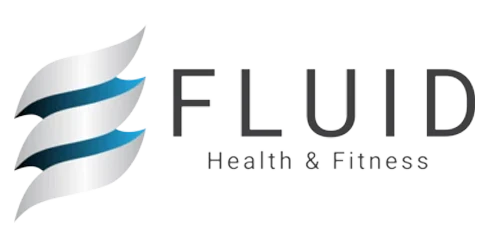Physical activity can have as much or as little an effect on your daily energy expenditure as you decide. Get active without overtraining!
Current Physical Activity Recommendations
No matter what your weight or performance goal is, physical activity is a key ingredient in a healthy lifestyle. The government and National Institute of Health recommendations for adults is to include at least 150 minutes (2 hours & 30 minutes) of moderate-intensity, 75 minutes (1 hour & 15 minutes) of vigorous intensity aerobic activity per week or a combination of the two. The recommendations also state that muscle strengthening activities should be included at least 2 days per week.
Thermic Effect of Physical Activity
We have seen in past weeks that there are many different things that contribute to your Total Daily Energy Expenditure (TDEE), including resting metabolism, thermic effect of food and thermic effect of activity. Thermic effect of physical activity is the most variable contribution to your TDEE. It can have as much or as little of an effect on your TDEE as you put into it. The additional calories burned through physical activity (PA) can range from as little as 100 calories in an extremely sedentary person to 3000 calories in an elite athlete. If your goal is weight loss, PA is an important piece in not only burning extra calories and helping you tip your energy balance in favor of weight loss, but also in mitigating some of the natural decrease in TDEE that happens with weight loss.
Effects of Overtraining
Overtraining is a real and possible barrier when participating in regular physical activity. There is such a thing as too much physical activity/exercise and therefore we often recommend that you limit how much exercise you are participating in outside of the Fluid program. Overtraining can have a variety of negative effects on the body, including fatigue, tightness, decreased performance, increased injury, altered heart rate, trouble sleeping. Some of the less discussed, but just as serious symptoms include increased cortisol levels, increased inflammation, irritability, altered immune system and increased muscle breakdown. It can also make weight loss difficult, which can be due in part to an altered ability to regulate blood glucose levels and a combination of depleted energy stores and an altered appetite. This combination of lack of energy stores and a change in appetite, often resulting in inadequate intake can push the body into a starvation adaptation, which can cause a decrease in metabolism and an inability to lose weight.
Balance Your Fuel and Activity
It is extremely important that all your efforts to reach your goals are working together and not against each other. Make sure that you are getting in at least the minimum recommendation for physical activity without overtraining and that your food intake is in appropriate balance with that activity. To help fuel your workouts properly follow these tips:
– Eat a healthy and balanced breakfast
– Pay attention to meal size and timing
– Pack and eat snacks as needed
– Eat after exercise
– Drink water
Goal:
- Create an activity log:
- Log your training/workouts for a week
- Note your workout times and durations
- Pay special attention to how you are feeling throughout the day
- Watch for any signs or symptoms of overtraining
- Compare your activity log with your food logs from previous weeks
- Are you fueling yourself properly for your workouts?



